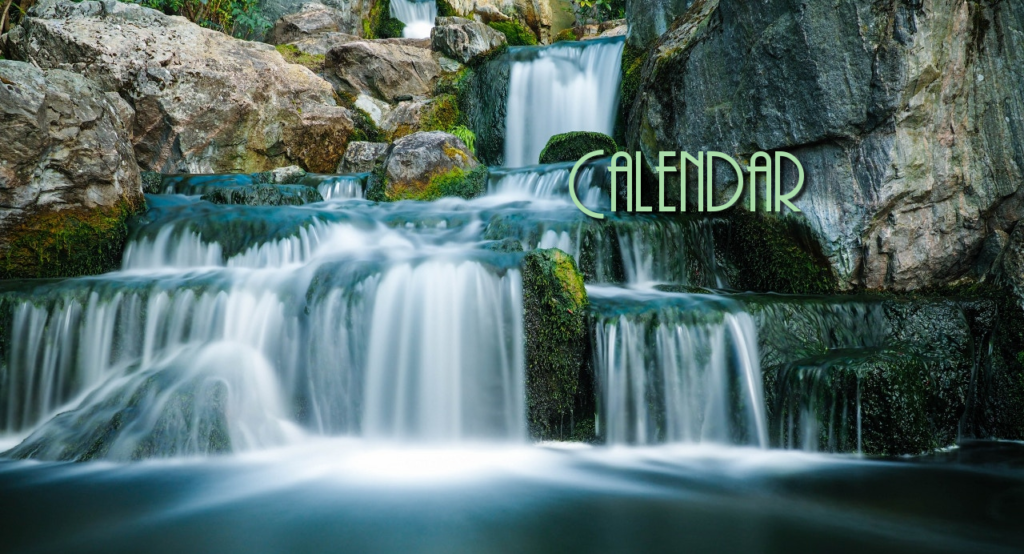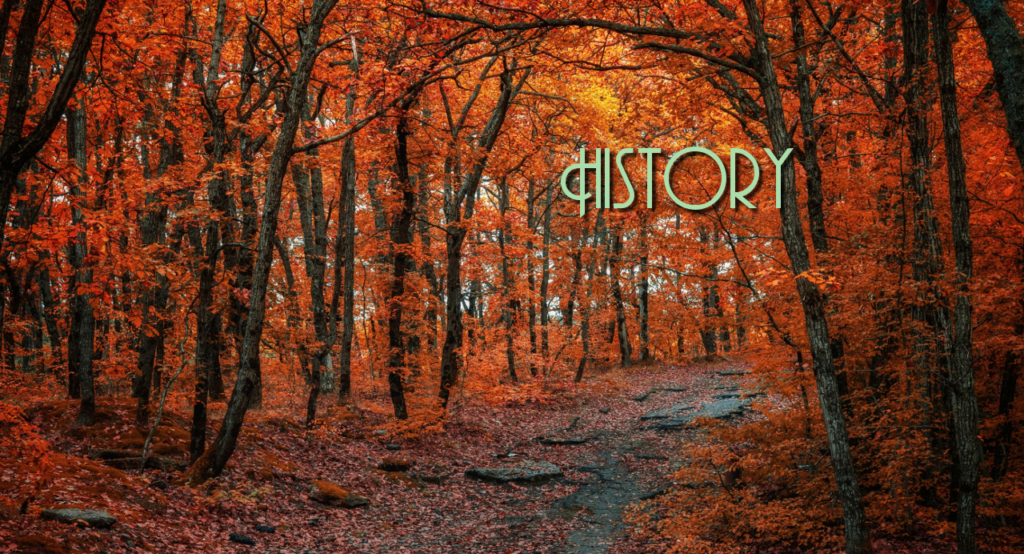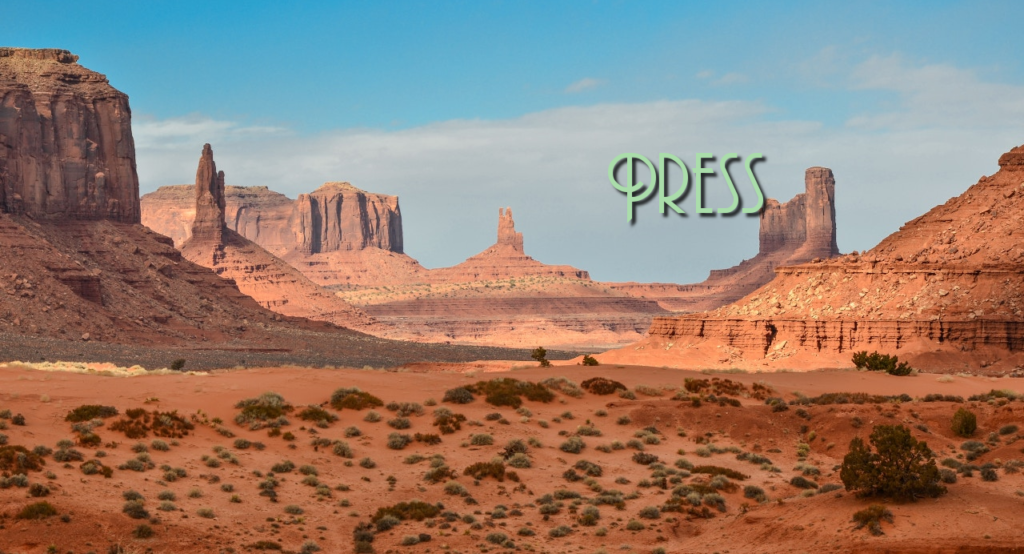 Born July 31, 1905, in Storm Lake, Iowa, Winton C. Hoch is the only cinematographer of note working in the black-and-white era of film that never lensed a black-and-white feature film.
Born July 31, 1905, in Storm Lake, Iowa, Winton C. Hoch is the only cinematographer of note working in the black-and-white era of film that never lensed a black-and-white feature film.
Moving to California in 1924 and graduating in 1931 as a chemist from the California Institute of Technology, Hoch was a research physicist who joined the Technicolor Company in 1934. His developing and familiarity with the three-color Technicolor process led to work as a cinematographer on the James A. FitzPatrick Travelogues. He exclusively shot FitzPatrick’s travelogues between 1935 and 1947, receiving a 1939 Oscar for technical achievement.
Hoch turned to feature films with 1947’s Tap Roots directed by George Marshall starring Van Heflin and Susan Hayward. He followed that with 1948’s Joan of Arc starring Ingrid Bergman and Jose Ferrer, for which he won the first of three Oscars for his stunning color cinematography.
That same year he also lensed John Ford’s 3 Godfathers starring John Wayne and Pedro Armendariz and Disney’s So Dear to My Heart starring Burl Ives and Beulah Bondi.
In 1949, Hoch lensed Stuart Heisler’s Tulsa starring Susan Hayward and Robert Preston before shooting Ford’s She Wore a Yellow Ribbon starring John Wayne and Joanne Dru for which he won his second Oscar for color cinematography.
In 1950, the then 3-time Oscar winner lensed George Templeton’s The Sundowners starring Robert Preston and Robert Sterling, Lewis Milestone’s Halls of Montezuma starring Richard Widmark and Jack Palance, and Delmer Daves’ Bird of Paradise starring Louis Jourdan and Debra Paget. His sole 1952 project was Ford’s The Quiet Man starring John Wayne and Maureen O’Hara for which he received his third Oscar for color cinematography, his fourth overall.
Hoch lensed Lee Sholem’s The Redhead from Wyoming and Mark Robson’s Return to Paradise starring Gary Cooper and Barry Jones. He was the cinematographer of 1955’s Mister Roberts initially directed by Ford, taken over by Mervyn LeRoy, starring Henry Fonda and James Cagney. He was back working with Ford as the cinematographer for 1956’s The Searchers starring Wayne and Jeffrey Hunter, now generally considered his greatest accomplishment. It was his last collaboration with the great director.
1959 was a very productive year for Hoch who lensed both Robert Stevenson’s Darby O’Gill and the Little People for Disney starring Albert Sharpe and Janet Munro and Henry King’s This Earth Is Mine starring Rock Hudson and Jean Simmons for Universal before joining forces with director-producer Lewis Allen.
Hoch’s collaboration with Allen produced The Big Circus, The Lost World, Five Weeks in a Balloon, Voyage to the Bottom of the Sea, and Voyage to the Bottom of the Sea TV series for which he won an Emmy.
He also photographed episodes of Lost in Space and The Time Tunnel.
Hoch’s last major film was 1968’s The Green Berets codirected by Ray Kellogg and John Wayne starring Wayne and Jim Hutton. His last TV series was Nanny and the Professor for which he lensed 14 episodes in 1970.
Winton C. Hoch died March 20, 1979.
ESSENTIAL FILMS
SHE WORE A YELLOW RIBBON (1949), directed by John Ford
Hoch’s second film for Ford earned him his second Oscar for color cinematography, the first having been for the prior year’s Joan of Arc. Hoch filed a protest with the cinematographers’ union about the overtime involved in shooting the lightning and thunder scenes over the troops. Those shots went a long way in winning him that Oscar. It was the only one of the three films in Ford’s cavalry trilogy that Hoch was cinematographer on. Both 1948’s Fort Apache and 1950’s Rio Grande were black-and-white films. Hoch never worked on a non-color feature film during his entire career.
THE QUIET MAN 1952), directed by John Ford
Another Ford film, another Oscar for both Ford and Hoch, the fourth for each but the only one for which they both won. Ford’s previous wins were for 1935’s The Informer, 1940’s The Grapes of Wrath, and 1941’s How Green Was My Valley. The beautiful Irish cinematography was the lushest ever for the small Republic Studios that produced the film which starred John Wayne, Maureen O’Hara, and a splendid supporting cast led by Barry Fitzgerald, Victor McLaglen, Mildred Natwick, Ward Bond, Arthur Shields, Ford’s brother Francis Ford and O’Hara’s brothers Charles Fitzsimons and James O’Hara.
MISTER ROBERTS (1955), directed by John Ford and Mervyn LeRoy
What started out as another Ford-Hoch collaboration became a Mervyn LeRoy production for which Hoch provided a seamless transition between the scenes shot by both directors. Ford officially left the production due to illness, but legend has it that star Henry Fonda was not happy with the direction in which Ford who had directed him in The Grapes of Wrath, My Darling Clementine, and Fort Apache was taking the film. Ford had not made a film since Fort Apache due primarily to his starring in the Broadway versions of Mister Roberts for which he won a Tony and The Caine Mutiny Court-Martial.
THE SEARCHERS (1956), directed by John Ford
Hoch’s last collaboration with Ford was this beautifully photographed western made at the height of the western genre’s dominance on TV, so much so that this film, often regarded as the greatest western ever made, was not recognized as all that special when he debuted. Nevertheless John Wayne’s performance in one of his own three favorite films, was the one he was most proud of, His other two favorites were She Wore a Yellow Ribbon and The Quiet Man. The film’s supporting cast was another fine one for Ford in which Jeffrey Hunter, Vera Miles, Ward Bond, Natalie Wood, John Qualen, Olive Carey, Henry Brandon, and Hank Worden are especially memorable.
THIS EARTH IS MINE (1959), directed by Henry King
Taking place in the last days of Prohibition from 1931-32, this film from the novel, The Cup and the Sword by Alice Tisdale Hobart, was set against a background of the California wine country with Rock Hudson as the illegitimate playboy grandson of winemaker Claude Rains romancing his English cousin Jean Simmons who is staying with Dorothy McGuire as their embittered aunt. McGuire’s husband Kent Smith is rumored to be Hudson’s father. His mother is Anna Lee. Others prominent in the cast include Ken Scott, Augusta Merighi, and Cindy Robbins co-star under King’s customary strong direction. McGuire comes off best.
WINTON C. HOCH AND OSCAR
Technical Achievement Award (1939) – Oscar – Process Projection Equipment
Joan of Arc (1948) – Oscar – Best Cinematography, Color
She Wore a Yellow Ribbon (1949) – Oscar – Best Cinematography, Color
The Quiet Man (1952) – Oscar – Best Cinematography, Color













